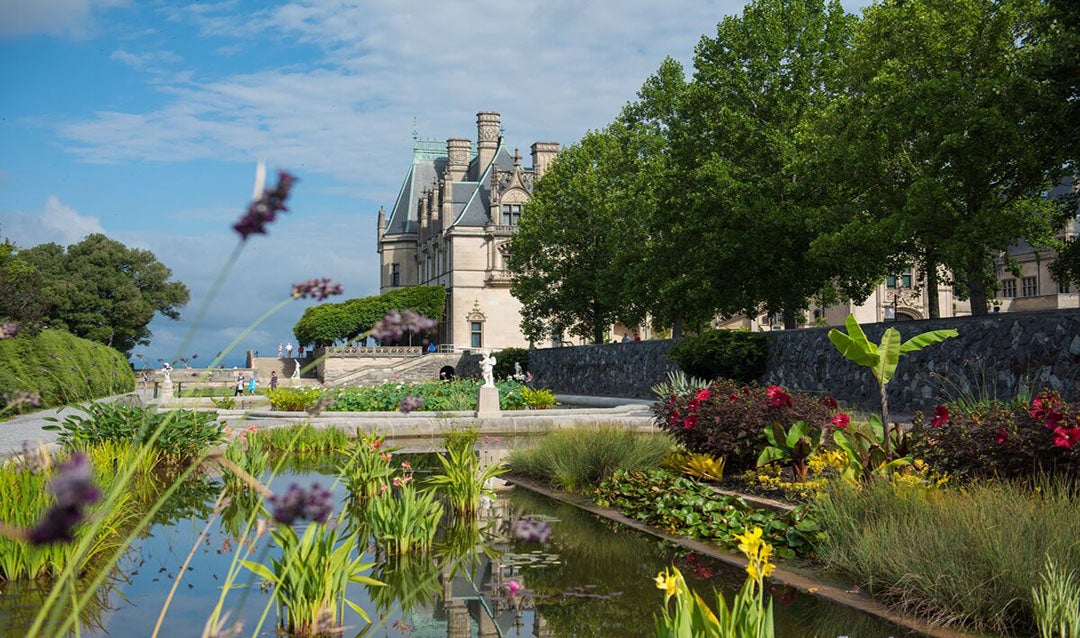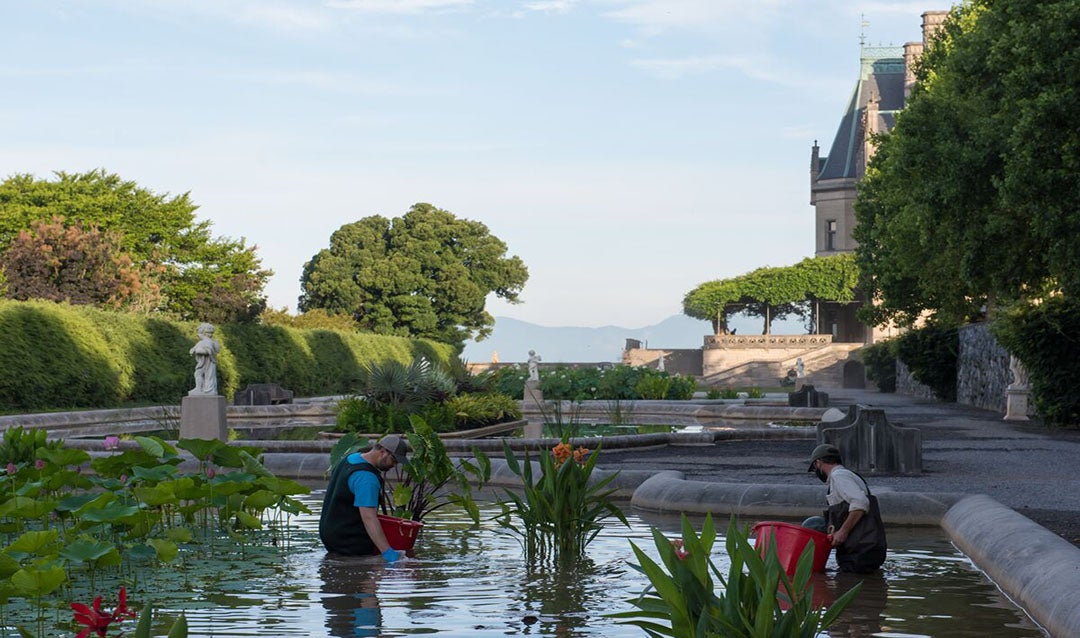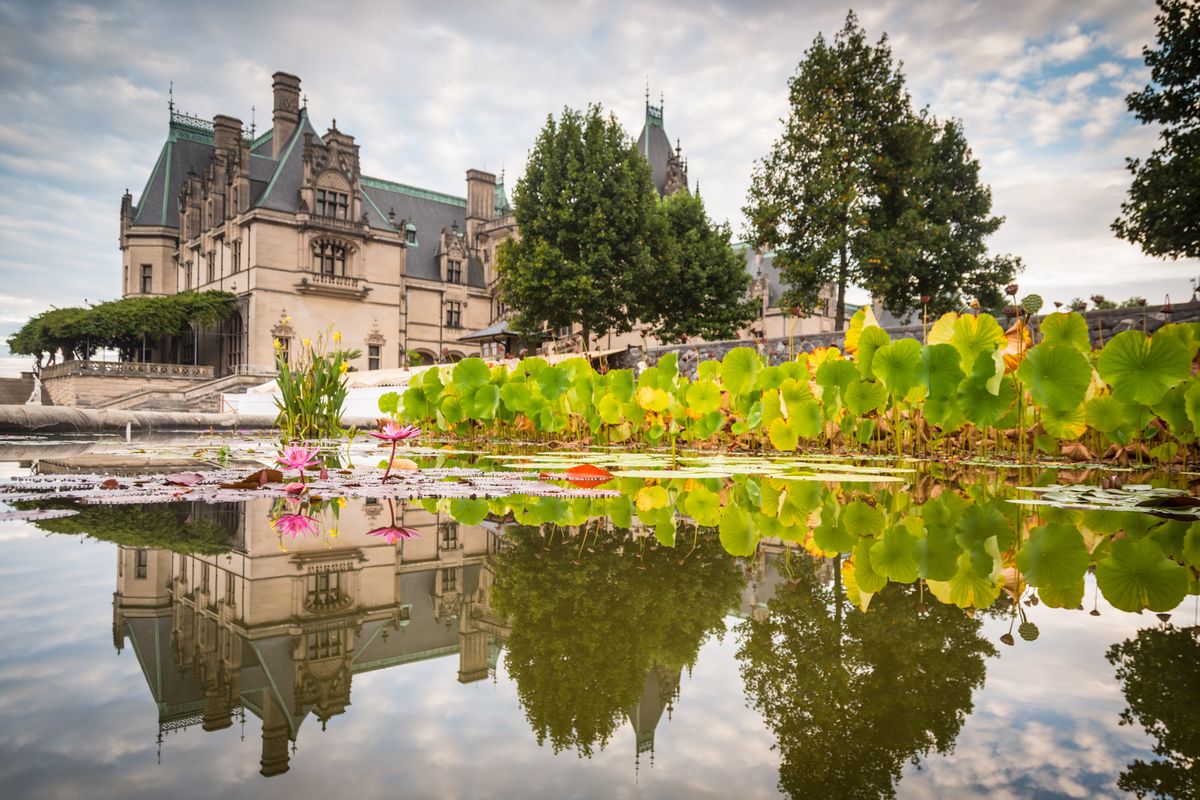We are honored to announce the release of our newest wine—The Hunt. Inspired by the celebration of feasts based on estate hunts, this wine is a robust, Bordeaux-style red blend of 40% Cabernet Sauvignon, 35% Cabernet Franc, and 25% Merlot, handcrafted using grapes from our growing partners in Sonoma County.
Winemaker's notes
 According to winemaker Bernard Delille, The Hunt has been aged for about 18 months in French and American oak barrels. “The intensely dark, black cherry color shows its rich layers, while its nose expresses black cherry, blackberry, and raspberry, with notes of vanilla, oak, and chocolate,” said Bernard.
According to winemaker Bernard Delille, The Hunt has been aged for about 18 months in French and American oak barrels. “The intensely dark, black cherry color shows its rich layers, while its nose expresses black cherry, blackberry, and raspberry, with notes of vanilla, oak, and chocolate,” said Bernard.
“We have worked hard to attain a nicely balanced wine with velvety, mouth-coating tannins that linger softly. The Hunt offers good aging potential. If you let it age, good—but if you can’t wait, The Hunt is delicious by the glass and pairs especially well with smoked meats and cheeses, short ribs, duck confit, venison, and other game meats.”
A label inspired by the past
The Hunt’s striking label was inspired by the strong lines and rich heritage of an extraordinary firearm in Biltmore’s original collection and features a photograph of the finely wrought engraving of a vintage Auguste Francotte shotgun crafted of walnut, steel, and silver.
Remarkable for its outstanding balance, finely hand-checkered stock, and detailed engraving, this double-barreled, double-trigger shotgun was made by the Belgian company Francotte & Cie, one of the world’s premier gun makers.
 “Francotte’s sporting firearms were considered to be among the highest quality,” said Leslie Klingner, Biltmore’s Curator of Interpretation, “and would have been a first-rate choice for the Vanderbilts and their guests when shooting rabbits and quail.”
“Francotte’s sporting firearms were considered to be among the highest quality,” said Leslie Klingner, Biltmore’s Curator of Interpretation, “and would have been a first-rate choice for the Vanderbilts and their guests when shooting rabbits and quail.”
Architectural elements
The Hunt is also a nod to Biltmore’s legendary architect, Richard Morris Hunt, who worked closely with George Vanderbilt to create the iconic French Renaissance-style chateau, which would be his final masterpiece of creative design and technological innovation.
Join us in the celebration of The Hunt’s release. This outstanding wine is a perfect choice for those who appreciate luxury, adventure, and the best that Biltmore has to offer!
Purchase The Hunt on the estate during your next visit.
 After his work on Biltmore House, Guastavino also remained in the area, focusing on two projects near and dear to his heart. His masterpiece—St. Lawrence Basilica in downtown Asheville—is listed on the National Register of Historic Places and the architect is buried there. Guastavino finished the plans, including a dramatic freestanding elliptical dome, and gave them to the church but died before construction was complete.
After his work on Biltmore House, Guastavino also remained in the area, focusing on two projects near and dear to his heart. His masterpiece—St. Lawrence Basilica in downtown Asheville—is listed on the National Register of Historic Places and the architect is buried there. Guastavino finished the plans, including a dramatic freestanding elliptical dome, and gave them to the church but died before construction was complete.



 Cornelia’s birthdays continued to be stunning occasions, even after she married the Honorable John Francis Amherst Cecil in 1924. The Asheville Gazette reported on celebrations for Cornelia’s 25th birthday.
Cornelia’s birthdays continued to be stunning occasions, even after she married the Honorable John Francis Amherst Cecil in 1924. The Asheville Gazette reported on celebrations for Cornelia’s 25th birthday.  Although we have no further descriptions of Cornelia’s birthday parties, we are sure they were often celebrated in style. From her earliest days as the “Biltmore Baby” to her life as a celebrated socialite of wealth and style, Cornelia Vanderbilt Cecil continues to exemplify the Roaring 20s and the Jazz Age that still fascinate us today.
Although we have no further descriptions of Cornelia’s birthday parties, we are sure they were often celebrated in style. From her earliest days as the “Biltmore Baby” to her life as a celebrated socialite of wealth and style, Cornelia Vanderbilt Cecil continues to exemplify the Roaring 20s and the Jazz Age that still fascinate us today. Although we have no specific descriptions of birthday parties during Cornelia's childhood, we do know that she had many playmates among her cousins and the the children of families who lived on the estate
Although we have no specific descriptions of birthday parties during Cornelia's childhood, we do know that she had many playmates among her cousins and the the children of families who lived on the estate



 Biltmore’s Rosarian didn’t grow up dreaming of a career cultivating roses. The only exposure to the flower he can remember was an old garden rose his mother received from a neighbor. His rose career was more of a happy accident, fueled by a love of the outdoors, plants, and history.
Biltmore’s Rosarian didn’t grow up dreaming of a career cultivating roses. The only exposure to the flower he can remember was an old garden rose his mother received from a neighbor. His rose career was more of a happy accident, fueled by a love of the outdoors, plants, and history.
 In addition to taking care of the descendants of those roses planted in the 1890s, Lucas also oversees the planting and cultivation of the Biltmore International Rose Trials, which recently completed its third year of trialing and competition.
In addition to taking care of the descendants of those roses planted in the 1890s, Lucas also oversees the planting and cultivation of the Biltmore International Rose Trials, which recently completed its third year of trialing and competition.
 In honor of our new wine labels that celebrate our distinguished
In honor of our new wine labels that celebrate our distinguished 
 This simple, elegant label graced our wines from 1986–1993. Although more refined than its predecessor, it featured the Winery clock tower and lacked a visual reference point to Biltmore House. We updated the label again to include a detailed line sketch of America’s Largest Home® since this was so iconic for our brand.
This simple, elegant label graced our wines from 1986–1993. Although more refined than its predecessor, it featured the Winery clock tower and lacked a visual reference point to Biltmore House. We updated the label again to include a detailed line sketch of America’s Largest Home® since this was so iconic for our brand. Further refinements and new printing techniques resulted in this second Colonna Farrell label with a view of Biltmore House against the Blue Ridge Mountains. This label, which we used from 2001–2008, helped consumers easily identify our location and understand that our wines were crafted and bottled here. More prominence was provided for the varietal, as well, to make it easier to shop our wines.
Further refinements and new printing techniques resulted in this second Colonna Farrell label with a view of Biltmore House against the Blue Ridge Mountains. This label, which we used from 2001–2008, helped consumers easily identify our location and understand that our wines were crafted and bottled here. More prominence was provided for the varietal, as well, to make it easier to shop our wines.  In 2009, these labels were designed as part of an overall branding initiative for the entire company. The new look focused on the wine varietal along with highly recognizable elements of Biltmore House.
In 2009, these labels were designed as part of an overall branding initiative for the entire company. The new look focused on the wine varietal along with highly recognizable elements of Biltmore House. Each of our American Series wines is handcrafted to represent true varietal character as well as outstanding taste. Recognizable by their rich red capsule, gorgeous rendering of Biltmore House, and signature of founder George Vanderbilt, the American Series is widely available in restaurants, grocery stores, and wine shops as well as the estate.
Each of our American Series wines is handcrafted to represent true varietal character as well as outstanding taste. Recognizable by their rich red capsule, gorgeous rendering of Biltmore House, and signature of founder George Vanderbilt, the American Series is widely available in restaurants, grocery stores, and wine shops as well as the estate. 
12x8.jpg&fid=385&d=82304) Tropical plants and palms figure heavily into the mix to create the effect, and relate closely to what Biltmore’s original landscape architect, Frederick Law Olmsted, envisioned. His plan called for Biltmore’s summertime gardens to mix tropical elements into manicured areas, as was the style in the late 1890s. Biltmore's horticulture team works diligently to stay true to that vision. We asked Parker Andes, director of that team, to share some fun tidbits about the gardens this year, and what it takes to insure Olmsted's ideas are alive and well on the estate.
Tropical plants and palms figure heavily into the mix to create the effect, and relate closely to what Biltmore’s original landscape architect, Frederick Law Olmsted, envisioned. His plan called for Biltmore’s summertime gardens to mix tropical elements into manicured areas, as was the style in the late 1890s. Biltmore's horticulture team works diligently to stay true to that vision. We asked Parker Andes, director of that team, to share some fun tidbits about the gardens this year, and what it takes to insure Olmsted's ideas are alive and well on the estate.  “Miracle On The Hudson,” bred by Neal Rippetoe of California, winner George & Edith Vanderbilt Award for Most Outstanding Rose Of The Trials (Best in Show); Chauncey Beadle Award for Best Shrub Rose; William Cecil Award for Best Growth Habit; and Lord Burleigh Award for Most Disease Resistant. Available through Roses Unlimited.
“Miracle On The Hudson,” bred by Neal Rippetoe of California, winner George & Edith Vanderbilt Award for Most Outstanding Rose Of The Trials (Best in Show); Chauncey Beadle Award for Best Shrub Rose; William Cecil Award for Best Growth Habit; and Lord Burleigh Award for Most Disease Resistant. Available through Roses Unlimited.  Award of Excellence For Best Established Rose
Award of Excellence For Best Established Rose Frederick Law Olmsted Award for Best Groundcover
Frederick Law Olmsted Award for Best Groundcover Edith Wharton Award for Best Floribunda
Edith Wharton Award for Best Floribunda The Honorable John Cecil Award for Open Group
The Honorable John Cecil Award for Open Group Gilded Age Award for Best Climber
Gilded Age Award for Best Climber Pauline Merrell Award for Best Hybrid Tea
Pauline Merrell Award for Best Hybrid Tea Cornelia Vanderbilt Cecil Award for Most Fragrant Rose
Cornelia Vanderbilt Cecil Award for Most Fragrant Rose